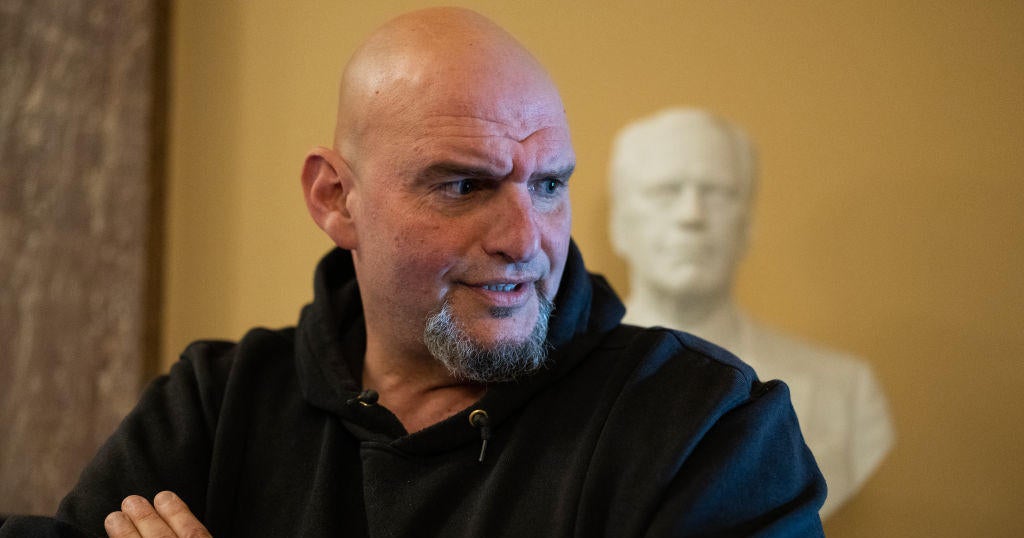Mixed signals from a weather-whipped economy
Wall Street kicks off a holiday-shortened trading week amid ongoing confusion about the true state of the U.S. economy.
On one hand, survey-based “soft data” measures remain strong, led by the robust confidence Republicans feel on hopes for President Donald Trump’s planned legislative initiatives like tax reform (Democrats fear a new recession for the same reason). On the other, “hard data” measures remain very weak, pushing the Atlanta Fed’s GDPNow real-time estimate of first-quarter growth to just 0.6 percent (following chart). A tepid jobs report and slowing auto sales were two of the most recent drags.
What should investors make of the disparity? And what should they expect for the rest of the year?
The good news is that some of the first-quarter weakness could be related to temporary or one-off factors like the need for better seasonality adjustments and poor weather.
Turning back to Friday’s March jobs report, payrolls grew only 98,000 vs. the 175,000 expected and the (downwardly revised) 219,000 gained in February.
Deutsche Bank economist Joseph LaVorgna chalked up the disappointment to bad weather: 3.1 million people reported they could not work a full work week because of the weather, the highest reading for any March on record going back to 1976. Removing that impact should add about 100,000 payrolls back to the total, in LaVorgna’s view, in line with recent monthly trends.
Indeed, the household employment survey (which Mother Nature didn’t affect) posted its best result since February 2016. It’s not much of a cognitive leap of faith to figure that foul weather also dampened auto sales and other “hard” economic measures as well. That suggests ongoing confidence and optimism will translate into actual spending and hiring as 2017 rolls on.
Admittedly, not all share a dour view of what to expect for the recently completed first quarter.
The New York Fed’s Nowcast staff forecast is looking for first-quarter GDP growth of 2.8 percent. And LaVorgna believes the growth outlook overall has improved, thanks to catalysts like an upward drift in energy prices (which should boost capital spending in the oil and gas sector) and the recent surge in the ISM new orders subindex, which has historically led turns in GDP growth by two quarters (following chart).
Other tailwinds include a relatively modest rally in the dollar despite the Federal Reserve quickening its rate hike pace and the end of a recent corporate inventory drawdown that weighed on GDP growth for a record five consecutive quarters between 2015 and 2016.
However, as noted by Barclays economist Michael Gapen, the recent softness in consumer spending will remain a concern if warmer spring weather doesn’t generate a rebound soon.
Looking ahead this week, the economic calendar is relatively light, with updates on job openings and producer price inflation. Friday will be busiest day, with consumer price inflation and retail sales on the docket. Fed Chair Janet Yellen will speak on Monday afternoon -- and will surely comment on recent indications the Fed will take action to reduce the size of its balance sheet before year-end.
Perhap’s a month from now which way the economy is actually heading will start to become clearer.






